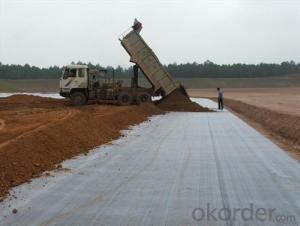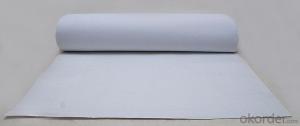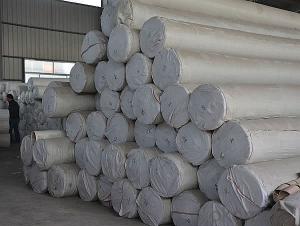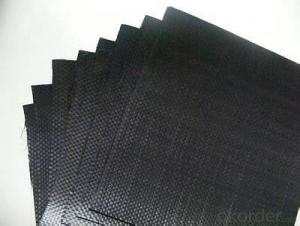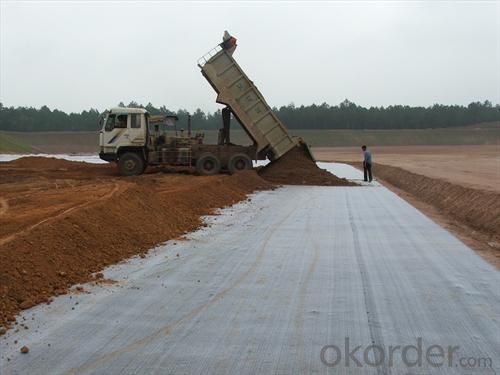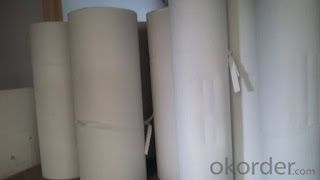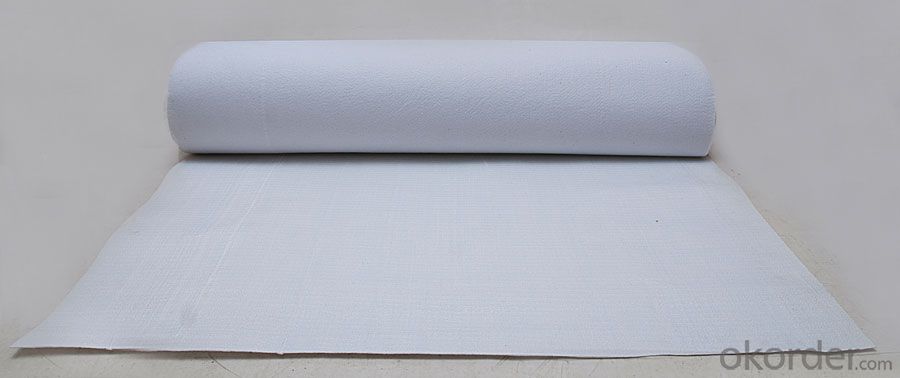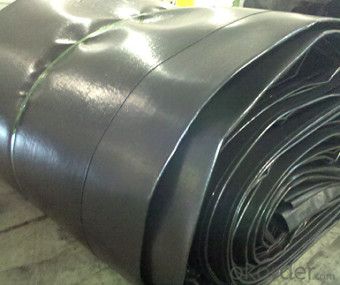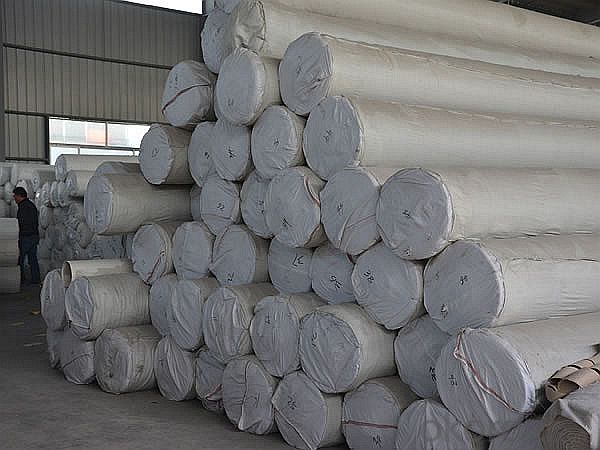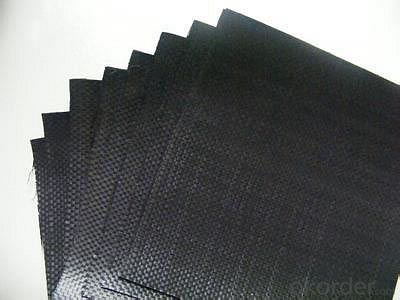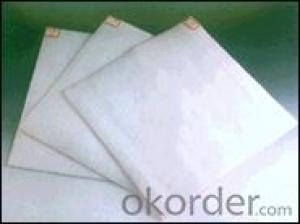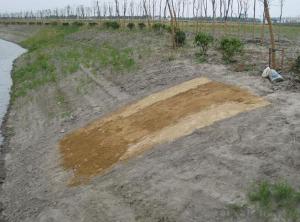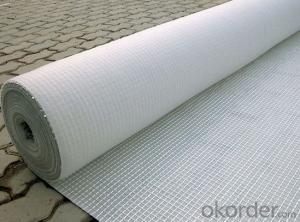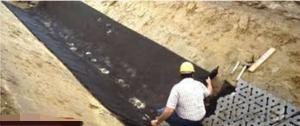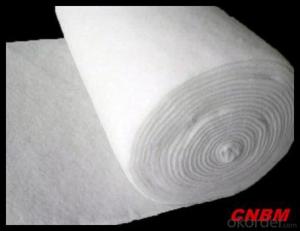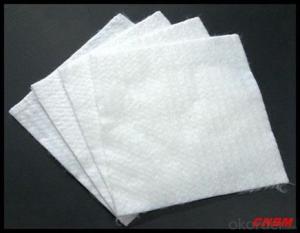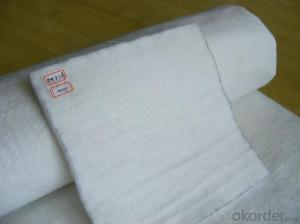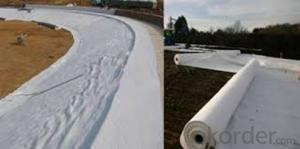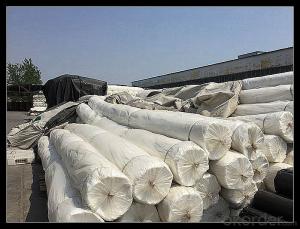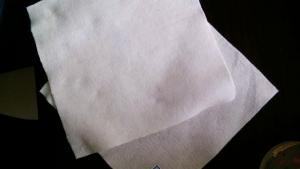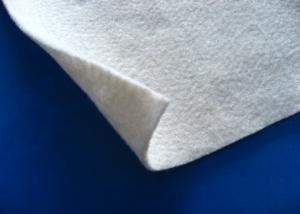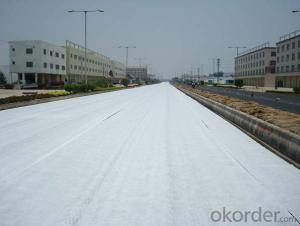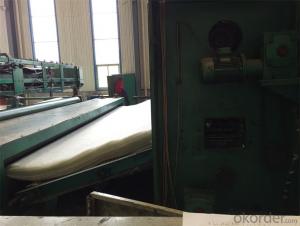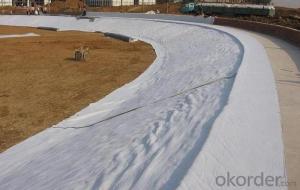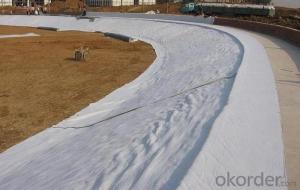Geotextil Tecido - Non-Woven Geotextile Fabric 100% PP Spunbond with High Stabilization and Stabilization
- Loading Port:
- China main port
- Payment Terms:
- TT OR LC
- Min Order Qty:
- 1000 m²
- Supply Capability:
- 1000000 m²/month
OKorder Service Pledge
OKorder Financial Service
You Might Also Like
Specification
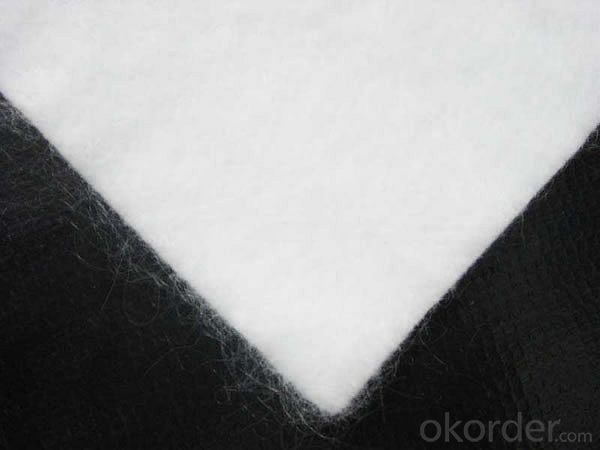
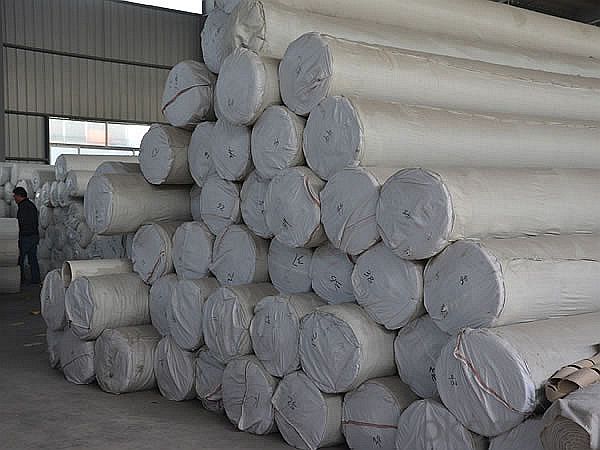
Description
CMAX's complete line of High Performance geotextiles are uniquely designed to produce a
superior geotextile fabric which yields exceptional strength combined with increased water
flow and filtration properties.
Geotextile-Railways
saimanIn Railway tracks the use of high strength woven geotextiles increases the periods
between track maintenance. They are placed between the existing formation and the ballast
layer to prevent the sub-grade from pumping in to the ballast layer, thereby maintaining
structural integrity.
Geotextile-Erosion Control
saimanGeotextiles prevent the erosion of soil on the slopes and hilly areas. Nonwoven
Geotextile will give effective drainage for water flow and on other side it will prevent
the soil particle from washing out.
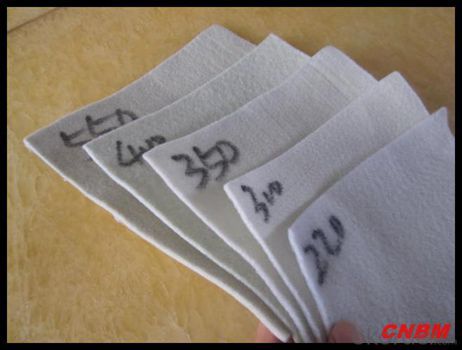
Our Service
Quality assurance
1.On a regular basis or as per your request,we entrust national testing agencies to conduct quality inspections
2. Strictly in accordance with the ISO9001-2008 international quality system standard,we monitor and manage the whole process throughout production,quality testing,and measurement to ensure product quality
3. For quality-related construction delay or substandard construction(except for damage or losses due to customer’s responsibility or irresistible natural disasters),we have refunding,replacement,and repair services.We will respond to customers’ feedbacks on quality issues within 24 hours.
Q: What kind of payments does jenor support?
A: T/T, L/C, Cash are accepted.
Q: Do you charge for the samples?
A: Accordeing to our company policy, the samples are free, we only charge the freight fee. And we will return the freight fee during the next order.
Q: Can you produce according to customers' design?
A: Sure, we are professional manufacturer, OEM and ODM are both welcome.
Q: Do you have other products?
A: Yes, please check the pictures:
- Q: 300g / m2 geotextile package is what it means
- 300g / m2 Geotextile: refers to the weight of 300g per square meter (model) 300g / m2 geotextile package: refers to the outsourcing; with 300g of geotextile to wrap something; for example: With 300g / m2 geotextile wrapped gravel. The
- Q: How do geotextiles affect soil erosion rates?
- Geotextiles can significantly reduce soil erosion rates by acting as a protective barrier. They prevent soil particles from being washed away by water or blown away by wind, while still allowing water to pass through. This helps to stabilize the soil, improve its structural integrity, and promote vegetation growth, ultimately leading to a reduction in erosion rates.
- Q: How do geotextiles contribute to soil improvement in soft ground areas?
- Geotextiles contribute to soil improvement in soft ground areas by providing reinforcement and stabilization. They act as a barrier to prevent the mixing of soil layers, reducing settling and heaving. Geotextiles also enhance drainage and filtration, allowing water to pass through while retaining soil particles. This helps in preventing erosion, maintaining the integrity of the soil, and improving its overall stability.
- Q: How do geotextiles help with separation and stabilization in railroads?
- Geotextiles help with separation and stabilization in railroads by acting as a barrier between the subgrade and the ballast layer, preventing the mixing of materials and maintaining the integrity of the track structure. They also provide reinforcement by distributing loads more evenly, reducing settlement and promoting overall stability.
- Q: How much is the geotextile machine?
- Cheaper point of the 4500 better 8,000 more
- Q: How do geotextiles help with reinforcement of geogrid reinforced embankments?
- Geotextiles help with reinforcement of geogrid reinforced embankments by acting as a separation layer between the geogrid and the embankment material. They prevent the intermixing of soil particles, enhance the load distribution, and provide additional stability to the embankment. Additionally, geotextiles improve the overall performance of the geogrid by reducing the potential for clogging and maintaining its long-term design strength.
- Q: Geotextile how to do on-site measurement
- Geotextile is calculated by the square, you only need to measure a long, wide, calculate the area will be able to know how much geotextile, and hope to help you!
- Q: What is the meaning of the geotextile What is its working principle
- Hot geotextile cloth is to isolate the heat and cover a layer of geotextile material. Advantages: light weight, the overall continuity is good, high tensile strength, corrosion resistance, anti-microbial erosion is good, easy construction. Non-woven geotextile properties: small pore diameter, good permeability, soft texture, and soil with a good combination. 2, construction (1) according to the embankment or base wide full section laying. (2) leave sufficient anchorage length on each side of the embankment or substrate. (3) To ensure integrity, when the lap method is continuous, the lap length should be 0.3 ~ 0.5m. When the seam is connected, the bond width is not less than 50mm. (4) site construction, material damage must be immediately repaired. Upper and lower seams should be alternately staggered, staggered length of not less than 0.5m. (5) try to avoid prolonged exposure.
- Q: What is a polyester filament geotextile? Polyester filament geotextile
- In addition to a good mechanical energy, but also has a good vertical and horizontal drainage and good extension of energy and high resistance to biological, acid and alkali, anti-aging and other chemical stability. At the same time, also has a wide range of pore size, tortuous pore distribution, excellent permeability and filtration can be polyester filament geotextile purposes: water conservancy project dam and slope protection filter, channel isolation, seepage; Airport runway foundation isolation, filter, drainage, soil slope, retaining wall and road reinforcement, drainage; port engineering soft foundation treatment, beach embankment, harbor wharf and breakwater reinforcement, drainage; polyester filament geotextile Has been widely used in the field of infrastructure construction, and gradually applied to a wider range of areas. Polyester filament geotextile technical parameter table (GBT-1998): No. Remarks 1 unit area mass deviation% -6-6-6-5-5-5-5-5-4-4-42 thickness, mm ≥ 553 Width deviation% -054 breaking strength KNM ≥ vertical and horizontal 5 elongation at break% 40-806CBR breaking strength KN ≥ 707 equivalent aperture 090, mm007-02
- Q: Are geotextiles resistant to extreme temperatures?
- Yes, geotextiles are generally resistant to extreme temperatures. They are designed to withstand a wide range of environmental conditions, including high and low temperatures, without significant degradation or loss of performance.
Send your message to us
Geotextil Tecido - Non-Woven Geotextile Fabric 100% PP Spunbond with High Stabilization and Stabilization
- Loading Port:
- China main port
- Payment Terms:
- TT OR LC
- Min Order Qty:
- 1000 m²
- Supply Capability:
- 1000000 m²/month
OKorder Service Pledge
OKorder Financial Service
Similar products
Hot products
Hot Searches
Related keywords
